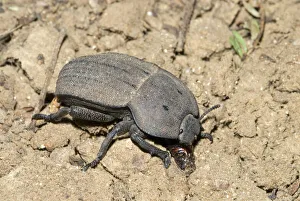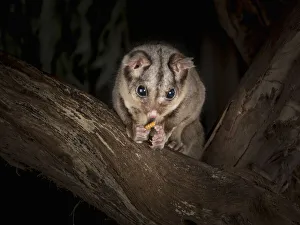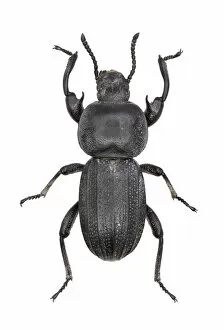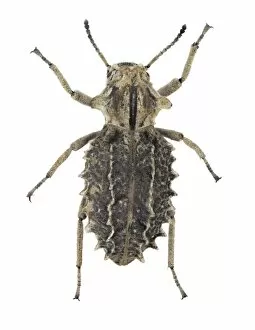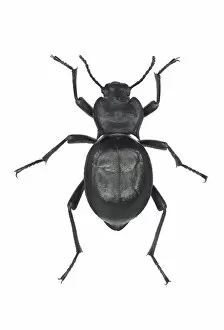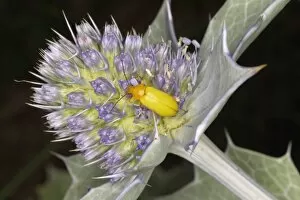Tenebrionidae Collection
The mysterious world of Tenebrionidae comes alive in these captivating snapshots
All Professionally Made to Order for Quick Shipping
The mysterious world of Tenebrionidae comes alive in these captivating snapshots. In the depths of Grahamstown, Eastern Cape, South Africa, a darkling beetle gracefully scuttles across the ground, indulging in its favorite meal - plant litter. Nearby, an empty insect pupal case serves as evidence of its metamorphic journey. Under the cover of night, a sugar glider perches on a tree branch with keen eyes fixed upon its prey - a succulent mealworm from the Tenebrio molitor family. This nocturnal feast showcases nature's delicate balance between predator and prey. On a desolate beach lies an intriguing scene; feathers scattered around reveal the presence of death. Amongst them stands Phaleria cadaverina, aptly named Strandline Beetle. It finds solace amidst this morbid beauty while paying homage to the deceased Northern Gannet. In Arches National Park, Utah, USA during May's golden hour glow, Eleodes obscurus emerges from beneath sandy terrain. Its sleek body traverses effortlessly through this arid landscape; an embodiment of resilience and adaptability. A closer look reveals intricate details within Tenebrio molitor's life cycle. As a grub stage mealworm beetle feeds voraciously on organic matter before transforming into its adult form – showcasing nature's remarkable transformational processes. Through various lens captures labeled C018 / 3565 or C016 / 2268 and many more numbers that follow suit - we witness multiple facets of these enigmatic darkling beetles' lives unfold before our eyes: their movements on sand (C016 / 2076), their exploration amidst feathers (C016 / 2127), and their existence within unknown realms (C016 / 2090). Tenebrionidae invites us into their shadowy realm where they thrive amongst diverse landscapes worldwide – reminding us that even in darkness there is beauty, resilience, and the constant cycle of life.

